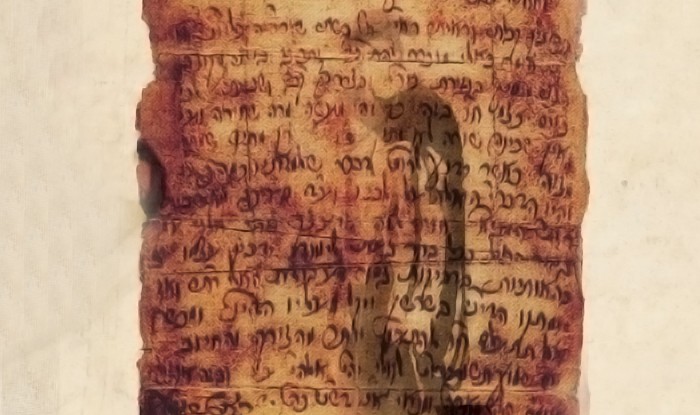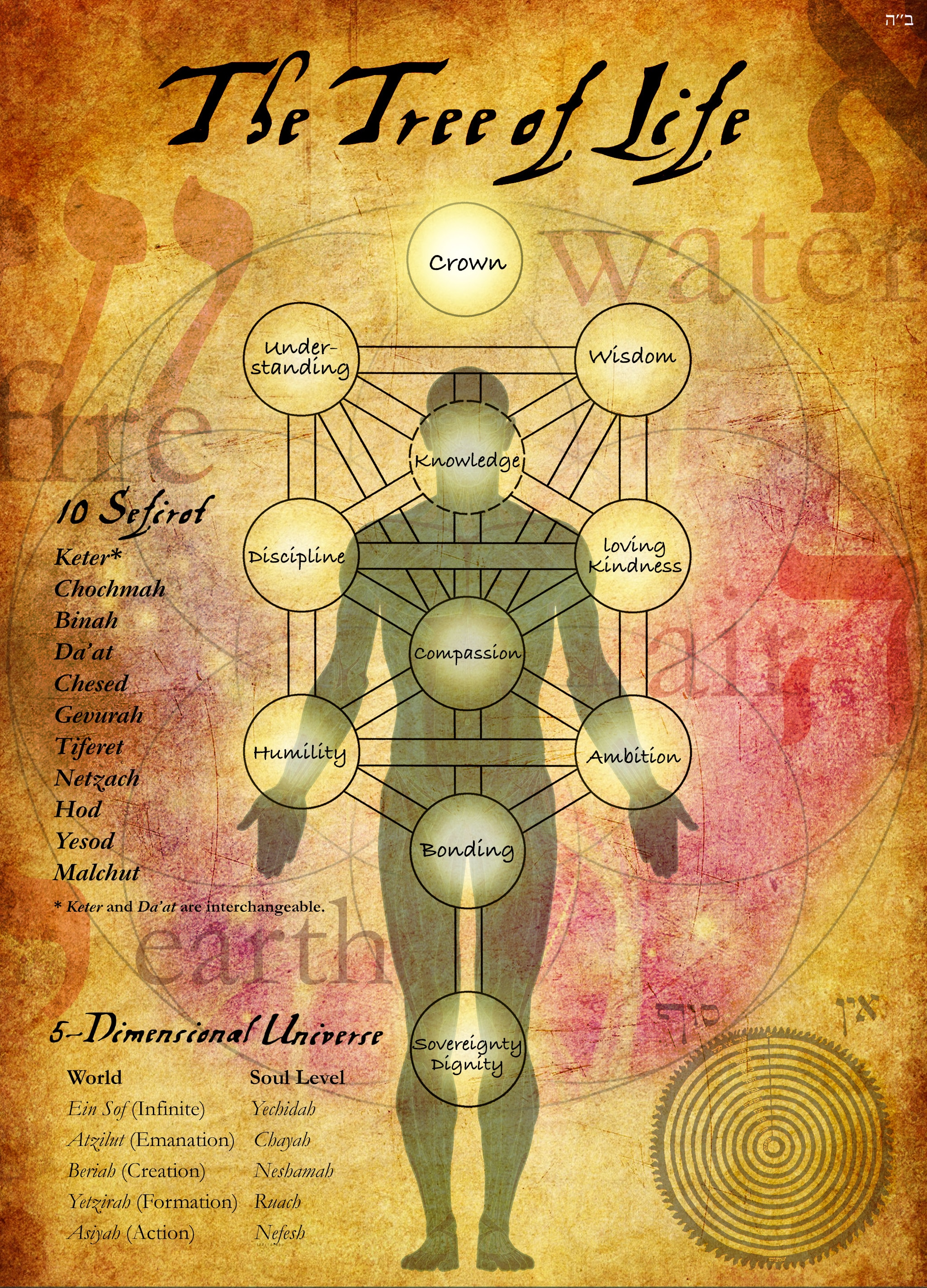Rabbi Israel Baal Shem Tov (Besht) – (1698-1760)
The founder of Chassidism, the Besht single handedly reinvigorated mystical Judaism in a demoralizing period. He emphasized the power of each individual soul; the concepts of love of your fellow; serving G-d with joy; Divine Providence and perpetual creation. The Besht’s great student, Rabbi Dovber, the Maggid of Mezritch, continued his legacy and passed it on to his many students, who became the founders of each of their respective Chassidic dynasties.
Biographical Highlights:
~ 1698: Born on 18 Elul, in Okup, Ukraine on the Polish-Russian border, to Eliezer and Sarah.
Rabbi Eliezer was one of the ‘hidden tzaddikim.’[1]
~ 1703: Orphaned of both parents at age five. Placed in the care of the community.
~ Becomes a teacher’s assistant at a young age.
~ Aged 14, joins a group of ‘hidden tzaddikim’ (Nistarim) led by Rabbi Adam of Ropshitz.
~ Aged 18, introduces new service for the Nistarim, namely to devote themselves to the
education of Jewish children.
~ Becomes the spiritual leader of the Nistarim. Directs them to now focus on the education of
adults.
~ Marries Leah Rachel (daughter of renowned Talmudist, Ephraim of Brody) with whom he
has a son and daughter. Moves to the Carpathian Mountains.
~ 1724-1734: Leads a secluded life dedicated to intensive study of the Torah. Receives
instruction from Achiya of Shilo, the ancient prophet of King David’s time, who appears
regularly to teach him the secrets of the Torah.
~ 1734: Begins to teach publicly at age thirty-six. Settles in Talust and later in Medzhibuzh in
the western Ukraine. This marks the birth of Chassidism.
~ His main student and subsequent successor is Rabbi Dov Baer, the Maggid of Mezeritch.
~ 1760: Passes away on Shavuot in Medzhibuzh, at age 62.
Major Concepts:
Love your Fellow
Perpetual Creation
Divine Providence
Living with Joy
Non-ascetism; transforming the material
Some Concurrent events in History:
1700-10 The Enlightenment – The Age of Reason: The rationalist, liberal, humanitarian, and scientific trend of the 18th Century. Representatives include: Voltaire, J.J. Rousseau, Adam Smith, Swift, Hume, Kant; and in America, Thomas Paine, Thomas Jefferson, and Benjamin Franklin. The social and political ideals they presented were enforced by enlightened despots such as Holy Roman Emperor Joseph II, Catherine II of Russia, and Frederick II of Prussia.
1700-10: Abraham Darby’s discovery that coke (from coal) can be used instead of charcoal for smelting will contribute immeasurably to England’s Industrial Revolution ~ Isaac Newton, pioneer of mathematics and physics, is knighted ~ Johan Sebastian Bach composes ~ Trade across the world’s oceans booms ~ Britain’s Caribbean colonies absorb approximately 20,000 slaves a year.
1720-29 Inoculation against smallpox is successful ~ foundations of photography laid when German chemist J.H. Schulze establishes that silver salts darken when exposed to light ~ Methodism conceived by John Wesley ~ Printing press introduced in Constantinople facilitates distribution of new books and ideas throughout Muslim world.
1730-39: John Kay invents fly shuttle, paving way for larger, faster looms cutting labor costs in half ~ Essay on Man penned by Alexander Pole, including the words, “Hope springs eternal in the human breast.” ~ Britain’s witchcraft statutes repealed – rotational system for crops devised greatly increasing productivity of land.
1740-49: Eight year War of Austrian Succession in Europe ~ Princeton University founded ~ Uprising of Black slaves in New York ~ Benjamin Franklin discovers the electrical nature of lightning ~ French and Indian Wars in American colonies.
Published Writings:
The Baal Shem Tov, like the Arizal, did not write his teachings. They were recorded by his students and passed on from generation to generation through Rebbes and Chassidim. Much of what we know is from the writings of the Baal Shem Tov’s foremost disciple, Rabbi Yakov Yosef of Polonoye, the author of the first Chassidic work ever published, Toldos Yakov Yosef. He also published Ben Poras Yosef, Tzafnas Paneach, and Kesones Pasim. Other major sources for the teachings of the Baal Shem Tov are Kesser Shem Tov, Tzava’as Harivash, Magid Devarav L’Yakov (written by the Mezericher Maggid, the Baal Shem Tov’s successor), Degel Machaneh Ephraim, and Ohr HaMei’ir.
Some Resources in English:
www.baalshemtov.com – some interesting material
Schochet, J. I. Tzava’at Harivash [The Testament of Rabbi Israel Baal Shem Tov], Kehot Publications, 1998, Brooklyn.
Hilsenrad, Zalman Aron. The Baal Shem Tov, Kehot Publications, Brooklyn, New York.
Kaplan, Aryeh. Chassidic Masters, Maznaim Publishing Corp. 1994, Brooklyn, New York.
Kaplan, Aryeh. The Light Beyond [Adventures In Hassidic Thought], Maznaim Publishing Corp., 1981 Brooklyn, New York.
Rabin, Moshe. Seeker of Slumbering Souls – Stories of the Baal Shem Tov, Ufaratzta Publications, 2000, Israel.
Carlebach, Shlomo. Shlomo’s Stories, Jason Aronson Inc., 1996, New Jersey.
Majeski, Shlomo. The Chassidic Approach to Joy, Sichas in English, Brooklyn, New York.
[1] Spiritual pillars of the universe who exist in every generation, unknown to the general population. The “Nistarim” were pious and learned people. They disguised themselves as simple folk so that they could mix with the poor and unlearned in order to spread the teachings of Torah and uplift people both physically and spiritually.








thanks for helping with our report